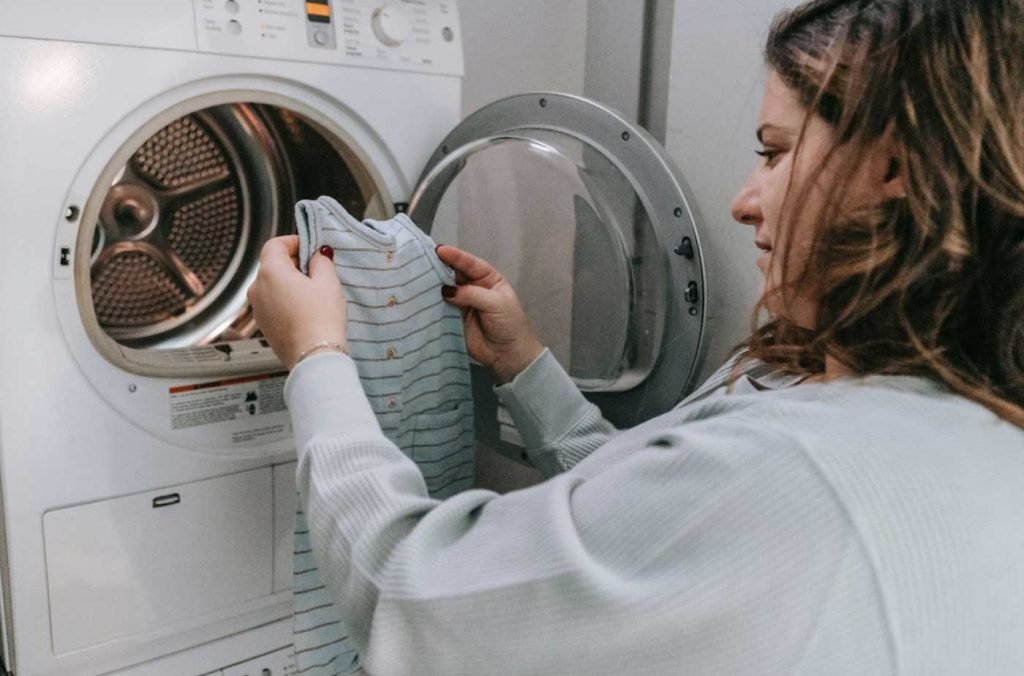It goes without saying that the washing machine has made life more comfortable. Long gone are the days when people needed to bang rocks against garments to remove stubborn stains.
Despite the convenience offered by contemporary cleaning devices, you cannot simply sit back and assume your machine will perform at its best without a little help. Maintenance is a key component in ensuring the longevity of home appliances. Thankfully, most of the tasks you’ll need to tackle are pretty manageable overall and if you learn how to pat test a washing machine then your life will become more easier.
Avoid Big Loads
Modern machines are incredibly convenient because they allow consumers the advantage of washing a ton of different articles at the same time. Though the bins might be larger than in the past, this doesn’t mean you want to overload the machine. In fact, this can lead to a breakdown of components that are essential to the appliance.
While there are items like comforters that are always going to take up all the space in the machine, try to put in smaller loads overall to avoid costly repairs later.
Check the Lines
In order for washing machines to conduct their tasks, they need to be hooked to your home’s water lines. Usually, there are two hoses involved, one that controls the flow of hot water and one that dictates cold water.
Should either of these hoses become broken, torn, worn, or ripped, then the overall pressure of the water flow is going to go down. This will result in a variety of problems, including total machine breakdown and potential flooding. Look at the lines at least every few months to catch potential damage early.
Pay Attention to the Products
In recent years, an emphasis on cleaner products has been pushed by both consumers and big brands. Not only are eco-friendly detergents, fabric softeners, and dryer sheets better for the environment, they also tend to be easier on the appliances.
When you put too much of a detergent laced with fragrances and chemicals into the basin of the machine, it can start to gunk up the internal mechanisms. Eventually, this can cause both ecological problems and operational issues. Pay attention to how much of each product you use as well as the chemical composition of each.
Give Everything a Wipe
Though it isn’t likely the first thought to cross your mind, you need to remember that washing machines and dryers both require a little bit of dedicated cleaning. Thankfully, you don’t need to break a major sweat to achieve this.
Just as you would use a fabric protectant for protecting upholstery to promote longevity, you need to use the right clothes and cleaners to keep your washing machine in top notch condition. Using a cloth, wipe down the internal basin, door, and gaskets of the machines. As with any gadget, keeping components clean reduces the odds of a breakdown caused by a buildup of dirt and debris. Follow the specific cleaning instructions listed by the manufacturer to guarantee you check all vital boxes.
Keep the Door Open
This is less of a maintenance tip for function and more about hygiene, but you should try to leave the door of the washer open between loads. Shutting it immediately upon removing wet clothes can cause foul scents to linger within the basin.
If you’ve ever caught a whiff of a bad smell when opening your washing machine, it is likely due to the odour getting trapped within when the door was closed. You can also reduce the odds of bad scents by transferring clothes to the dryer immediately upon the wash cycle’s completion.
Taking care of your washing machine is the only way to guarantee it will perform at its best for many years to come. Though you don’t need to scrub and scrape, having a clear idea of the basic maintenance tasks involved with this process can allow you the information you need to put together a winning strategy.

